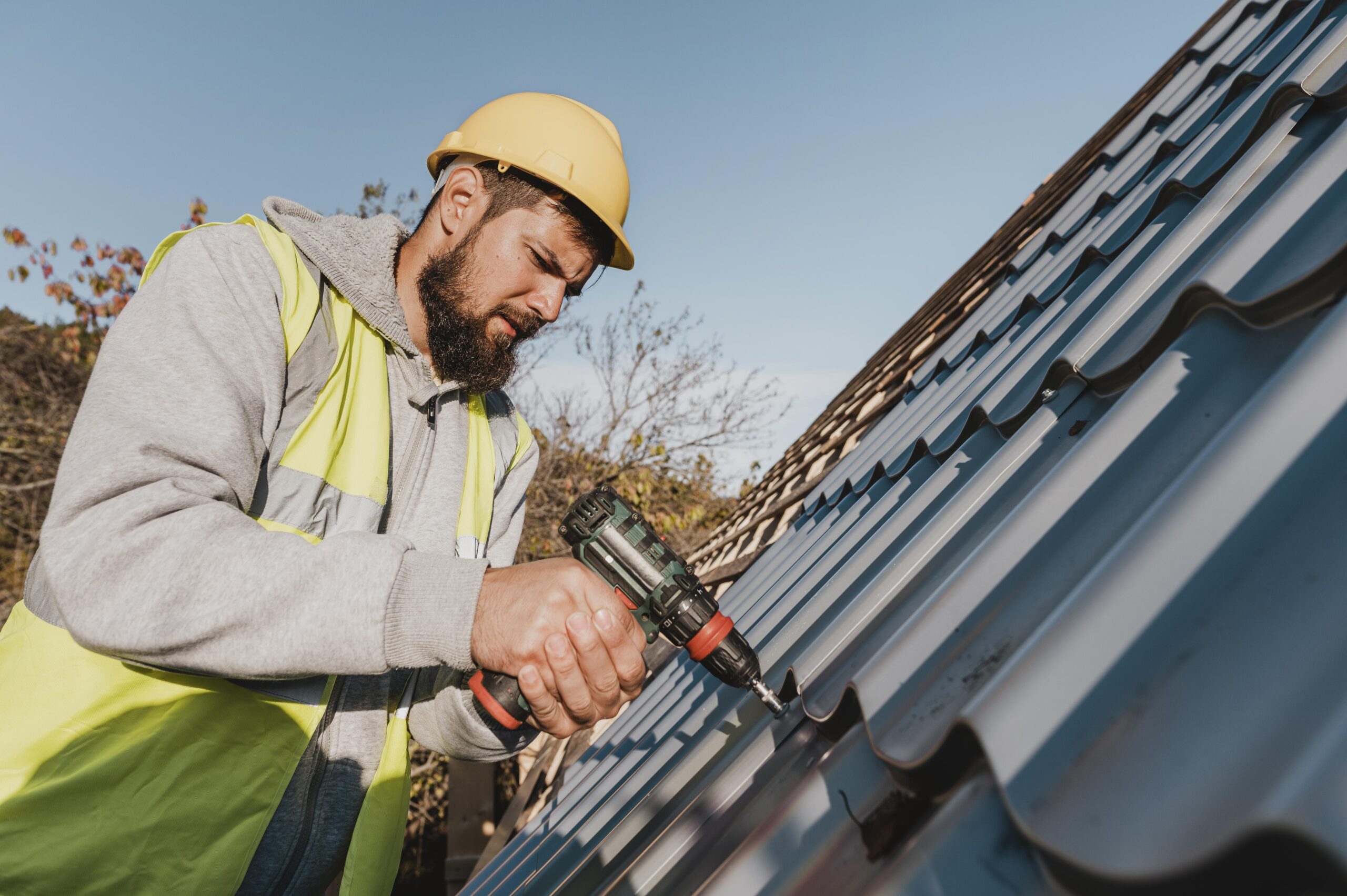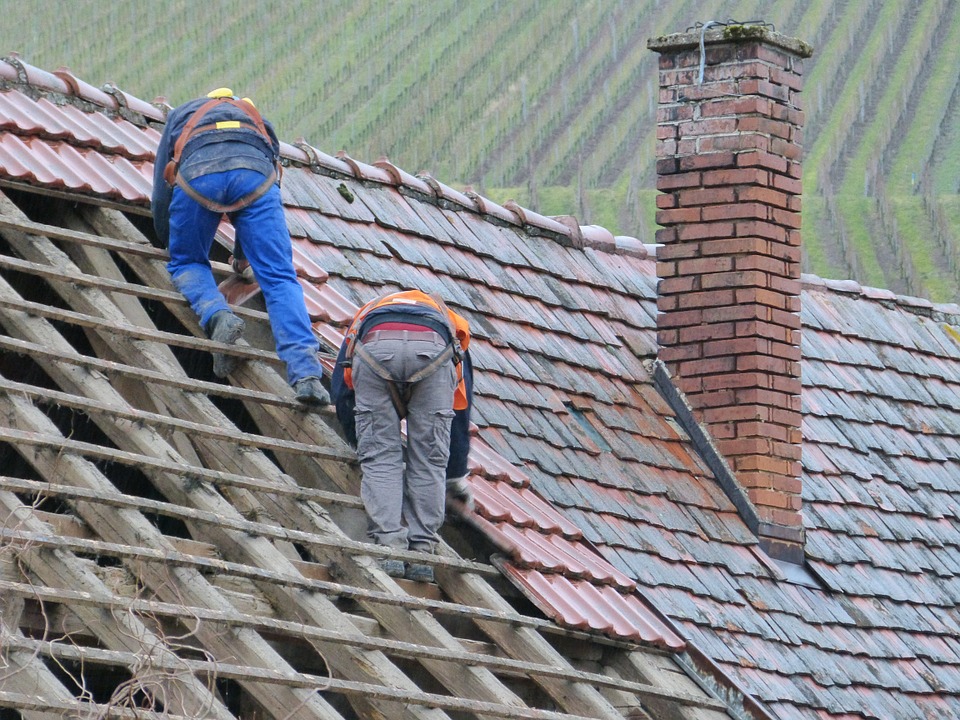Roofers Oahu: Professional Roof Installations and Services
Roofers Oahu: Professional Roof Installations and Services
Blog Article
Recognizing the Various Kinds Of Roofing Systems: A Comprehensive Guide for Homeowners
With an array of alternatives-- varying from the traditional gable to the modern flat-- each kind provides distinct benefits and difficulties that ought to straighten with the house owner's particular needs and environmental considerations. As we explore the ins and outs of various roofing system kinds, it becomes obvious that one dimension does not fit all; the best choice may stun you.
Saddleback Roof
Saddleback roofs, defined by their triangular shape, are among one of the most preferred roofing designs as a result of their simplicity and efficiency in losing water and snow. This design includes 2 sloping sides that satisfy at a ridge, enabling efficient drain and minimizing the risk of water buildup. The high pitch commonly associated with saddleback roofs boosts their capacity to handle hefty precipitation, making them ideal for numerous environments.
Along with their sensible advantages, gable roofing systems supply aesthetic convenience. They can be adapted to different architectural styles, from standard to contemporary homes. The layout can also suit additional attributes such as dormer home windows, which boost natural light and air flow in the attic room room.
Moreover, saddleback roofs give enough area for insulation, contributing to power effectiveness. Homeowners can pick from a range of roofing products, including asphalt roof shingles, steel, and ceramic tiles, better improving customization alternatives.
In spite of their advantages, saddleback roofs might call for additional assistance in locations prone to high winds or heavy snowfall. On the whole, the gable roofing system stays a favored option because of its blend of capability, longevity, and visual charm.
Apartment Roofs
Level roof coverings are commonly recognized for their minimal design and sensible applications, especially in industrial and commercial settings (oahu roofing). These roofings include a horizontal or nearly straight surface area, which permits easy construction and versatile area application. While they may do not have the visual charm of pitched roof coverings, level roofings use numerous benefits, specifically in city environments where optimizing room is essential
One of the primary benefits of flat roofing systems is their accessibility. Property owners can make use of the roof room for numerous purposes, such as roof yards, terraces, or photovoltaic panel setups. Furthermore, level roofings are commonly much more affordable to maintain and mount contrasted to their sloped counterparts, as they call for less products and labor.
Common products used for level roof coverings include built-up roof (BUR), customized asphalt, and single-ply membranes, each offering unique benefits. In general, flat roof coverings offer as a adaptable and practical option for many house owners and organizations alike.
Hip Roof Coverings
Hip roofing systems are identified by their sloped sides that converge at the top, creating a ridge. This style is distinctive from saddleback roofs, as all four sides of a hip roof covering slope downwards towards the wall surfaces, giving a more stable structure. The angle of the slopes can differ, permitting for convenience in architectural visual appeals and capability.
Among the key benefits of hip roofing systems is their ability to withstand hefty winds and damaging climate condition. The sloped surfaces enable better water drain, lowering the threat of leaks and water damages. Furthermore, hip roof coverings provide raised attic room room, which can be used for storage space or also converted right into habitable locations.
Nonetheless, building a hip roof covering can be a lot more costly and complicated than less complex roof kinds, such as saddleback roofs. The extra material and labor entailed in producing the inclines and ensuring proper architectural integrity can cause higher expenses. In spite of these drawbacks, many house owners prefer hip roofs for their durability, visual charm, and capacity for power efficiency.
Mansard Roofings
Mansard roofing systems, usually recognized by their one-of-a-kind four-sided design, function two slopes on each side, with the lower incline being steeper than the top. This building design, stemming from France in the 17th century, is not just visually attractive but functional, as it maximizes the useful area in the upper floors of a structure. The steep reduced slope allows for more clearance, making browse around these guys it an excellent option for attic rooms or lofts, which can be exchanged living areas.
Mansard roofings are identified by their convenience, accommodating different architectural designs, Learn More from standard to modern-day. They can be constructed with various materials, including asphalt roof shingles, slate, or steel, providing property owners with an array of options to match their choices and budgets. In addition, the layout enables the integration of dormer home windows, boosting all-natural light and ventilation in the top levels.
However, it is vital to consider the possible disadvantages. Mansard roofing systems might require more maintenance as a result of the complexity of their design, and their steep slopes can be testing for snow and rainfall drainage. Overall, mansard roofings combine elegance with practicality, making them a preferred choice among property owners seeking distinctive building attributes.
Dropped Roof Coverings
As home owners increasingly seek simplicity and performance in their architectural styles, shed roof coverings have actually arised as a prominent selection. Defined by a solitary sloping airplane, a shed roof offers a minimalist aesthetic that complements various home styles, from modern to rustic.
One of the key benefits of a shed roof covering is its straightforward building and construction, which frequently equates to lower labor and material prices. This style enables for reliable water drain, reducing the danger of leaks and water damages. Furthermore, the upright slope offers adequate space for skylights, improving all-natural light within the interior.
Dropped roof coverings additionally provide convenience in regards to use. They can be properly incorporated right into additions, garages, or outside structures like sheds and structures. In addition, this roof covering style can fit various roof products, including steel, asphalt roof shingles, and even green roofings, lining up with environment-friendly campaigns.
Nonetheless, it is important to consider local environment problems, as hefty snow lots might necessitate adjustments try this out to the roof covering's angle or structure. In general, lost roof coverings offer a useful and visually pleasing choice for house owners seeking to take full advantage of functionality without endangering design.
Conclusion


Gable roof coverings, characterized by their triangular form, are amongst the most popular roof styles due to their simpleness and efficiency in losing water and snow. oahu roofing. The high pitch generally linked with gable roofing systems boosts their capacity to manage heavy rainfall, making them appropriate for different environments
While they might lack the aesthetic appeal of pitched roofing systems, flat roofings use many advantages, specifically in city environments where taking full advantage of area is crucial.

Report this page